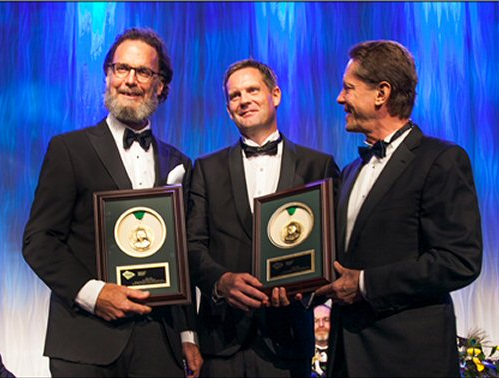LONDON, March 3 (Reuters) – A 15 percent rise in earnings at Glencore’s trading division partially offset a hit last year from the slide in commodity prices, leaving the mining company’s core profit just two percent lower.
Swiss-based Glencore makes about a quarter of its earnings from commodities trading, which differentiates it from mining rivals and has allowed it to withstand a steep fall in oil and metal prices slightly better than its peers.
Glencore posted 2014 adjusted earnings before interest, tax, depreciation and amortisation (EBITDA) of $12.8 billion, in line with expectations. Earnings at its trading division rose to $3.0 while mining earnings fell 7 percent to $9.8 billion.
The company has also been helped by its relatively small exposure to iron ore, the first major commodity to start a violent downward spiral two years ago.
Still, the more widespread slide in oil and metals prices last year forced Glencore to take a $1.1 billion accounting hit, with about half stemming from a pause in the development of iron ore projects it inherited from Xstrata in 2013.
The rest of the charge was largely due to an oil exploration project in Cameroon and lower platinum prices.

























